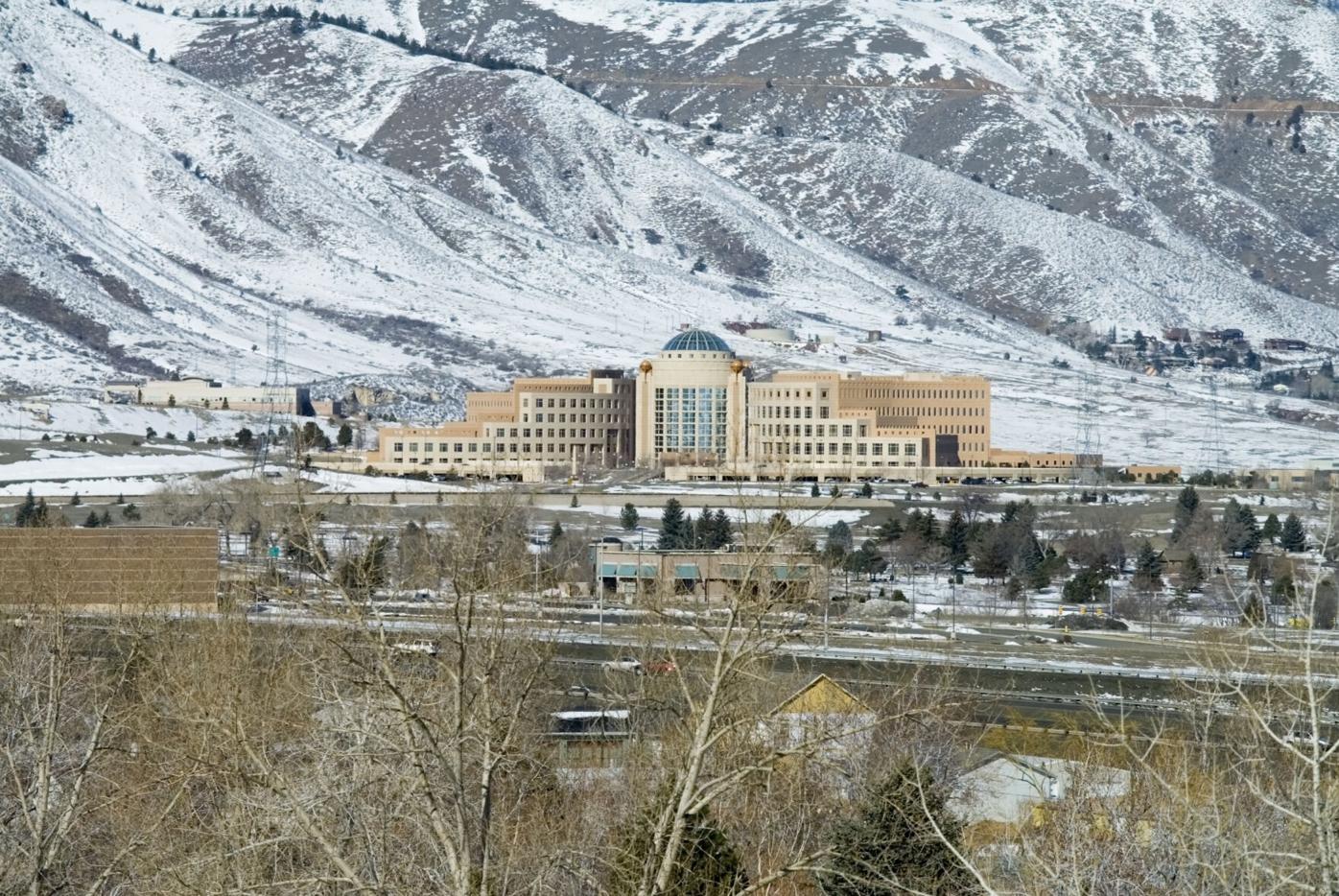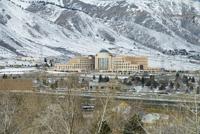Colorado justices consider how much evidence is necessary when suing the government for injuries
Q29sb3JhZG8gU3VwcmVtZSBDb3VydCBKdXN0aWNlIFJpY2hhcmQgTC4gR2FicmllbCwgbGVmdCwgYXNrcyBhIHF1ZXN0aW9uIGFzIEZpcnN0IEFzc2lzdGFudCBBdHRvcm5leSBHZW5lcmFsIFdlbmR5IEouIFJpdHogbWFrZXMgYSByZWJ1dHRhbCBhcmd1bWVudCBkdXJpbmcgUGVvcGxlIHYuIFJvZHJpZ3Vlei1Nb3JlbG9zIGFzIHBhcnQgb2YgQ291cnRzIGluIHRoZSBDb21tdW5pdHkgYXQgdGhlIFdvbGYgTGF3IGJ1aWxkaW5nIGF0IFVuaXZlcnNpdHkgb2YgQ29sb3JhZG8gQm91bGRlciBvbiBUaHVyc2RheSwgT2N0LiAyNCwgMjAyNC4gVGhlIHNlbWktYW5udWFsIGV2ZW50IGVudGFpbHMgdGhlIENvbG9yYWRvIFN1cHJlbWUgQ291cnQgaGVhcmluZyBhcmd1bWVudHMgYmVmb3JlIGFuIGF1ZGllbmNlIG9mIHN0dWRlbnRzIHRocm91Z2hvdXQgdGhlIHN0YXRlLiAoU3RlcGhlbiBTd29mZm9yZCwgRGVudmVyIEdhemV0dGUp
U3RlcGhlbiBTd29mZm9yZCBEZW52ZXIgR2F6ZXR0ZQ==
The Colorado Governmental Immunity Act broadly shields public employees and entities for injuries they cause, with a goal of protecting taxpayer dollars and preventing disruption to government services.
However, there are exceptions to the immunity, one of which involves injuries due to the “dangerous condition” of a public building. To get into court, a plaintiff needs to show the condition posed an unreasonable risk to the public, that the government knew or should have known it existed, and that the condition was caused by the government’s “negligent act or omission.”
During oral arguments on Tuesday, members of the Colorado Supreme Court — as well as the plaintiff and defendant in a personal injury lawsuit — all agreed there was a basic question left unanswered: How much evidence does an injured person need to present at the immunity stage to show the government was negligent, without requiring them to prove their whole case at the outset?
“I think it’s gotta be more than the allegations of the complaint. I think that’s pretty clear,” said Justice Richard L. Gabriel. “It doesn’t have to be she has to prove her entire negligence claim. So, it’s something in the middle. And I’m having trouble figuring out what the middle is.”

The Jefferson County Administration & Courts Facility in Golden, known as the "Taj Mahal." (iStock)
SWKrullImaging

The Jefferson County Administration & Courts Facility in Golden, known as the “Taj Mahal.” (iStock)
Krista Dozier was inside the Jefferson County courts and administration building in March 2019 when she slipped on a puddle of water and injured herself. Although employees in the building were aware of the spill and had requested a cleanup, Dozier’s fall happened within minutes of the request.
After a hearing to address whether Jeffco was entitled to governmental immunity, District Court Judge Tamara S. Russell dismissed Dozier’s lawsuit. She found Dozier had not shown the county had a reasonable opportunity to clean up the spill. Therefore, it was not negligent in its maintenance and there was no dangerous condition. Consequently, the county kept its immunity.
But a three-judge panel for the Court of Appeals concluded Dozier did not yet need to show the county had enough time to respond to the water spill and acted negligently with its delay. Instead, the allegation that her injuries were caused by Jeffco’s failure to address the dangerous condition was sufficient for the case to proceed.
“To require this greater burden of proof, at this stage of the proceedings, would be tantamount to requiring Dozier to prove that the County was negligent and liable for her injuries,” wrote Chief Judge Gilbert M. Román.

Colorado Court of Appeals Chief Judge Gilbert M. Román, at right, speaks to Judge Melissa C. Meirink, at left, during her ceremonial swearing-in on Feb. 27, 2025.

Colorado Court of Appeals Chief Judge Gilbert M. Román, at right, speaks to Judge Melissa C. Meirink, at left, during her ceremonial swearing-in on Feb. 27, 2025.
Turning to the Supreme Court, the county argued that for whatever reason, lawmakers had chosen to include the government’s negligence as one of the immunity factors for a dangerous condition that has to be considered at the front end of the case.
“I think there has to be some inquiry into negligence here,” said Assistant County Attorney Jason W. Soronson. “We’re suggesting that the county should be — or government entities should be — afforded a reasonable amount of time to discover and correct the condition before immunity can be waived.”
“Essentially, what you’re saying is that in this particular waiver of immunity, you actually do have to prove a negligence claim,” said Justice Melissa Hart.
Under that standard, added Justice William W. Hood III, “you’re winning before there’s even been an opportunity” for the plaintiff to uncover evidence.
Dozier’s attorney, Jonathan S. Willett, contended that Jeffco is still welcome to argue later in the case that it lacked reasonable time to clean up the spill as a defense to Dozier’s claim. He said the preliminary evidence showed multiple county employees knew about the water in the minutes before Dozier fell, but did not immediately address the hazard.
“I think most people would say we should not be greenlighting cases involving five minutes to clean up a spill,” responded Hood. “I guess the concern from the public entities’ perspective is that if you survive the motion to dismiss and you’re basically on the road to trial, that you’re then able to leverage that into settlement. Over the course of many cases, it would prove to be very expensive.”
But, said Willett, governmental immunity must be balanced with the public’s interest in “not being inappropriately burdened by negligent acts committed by government entities.”
Justice Carlos A. Samour Jr. did not attend the arguments. Chief Justice Monica M. Márquez said Samour “cannot be here today,” but that he will participate in the decision.
The case is Jefferson County v. Dozier.






